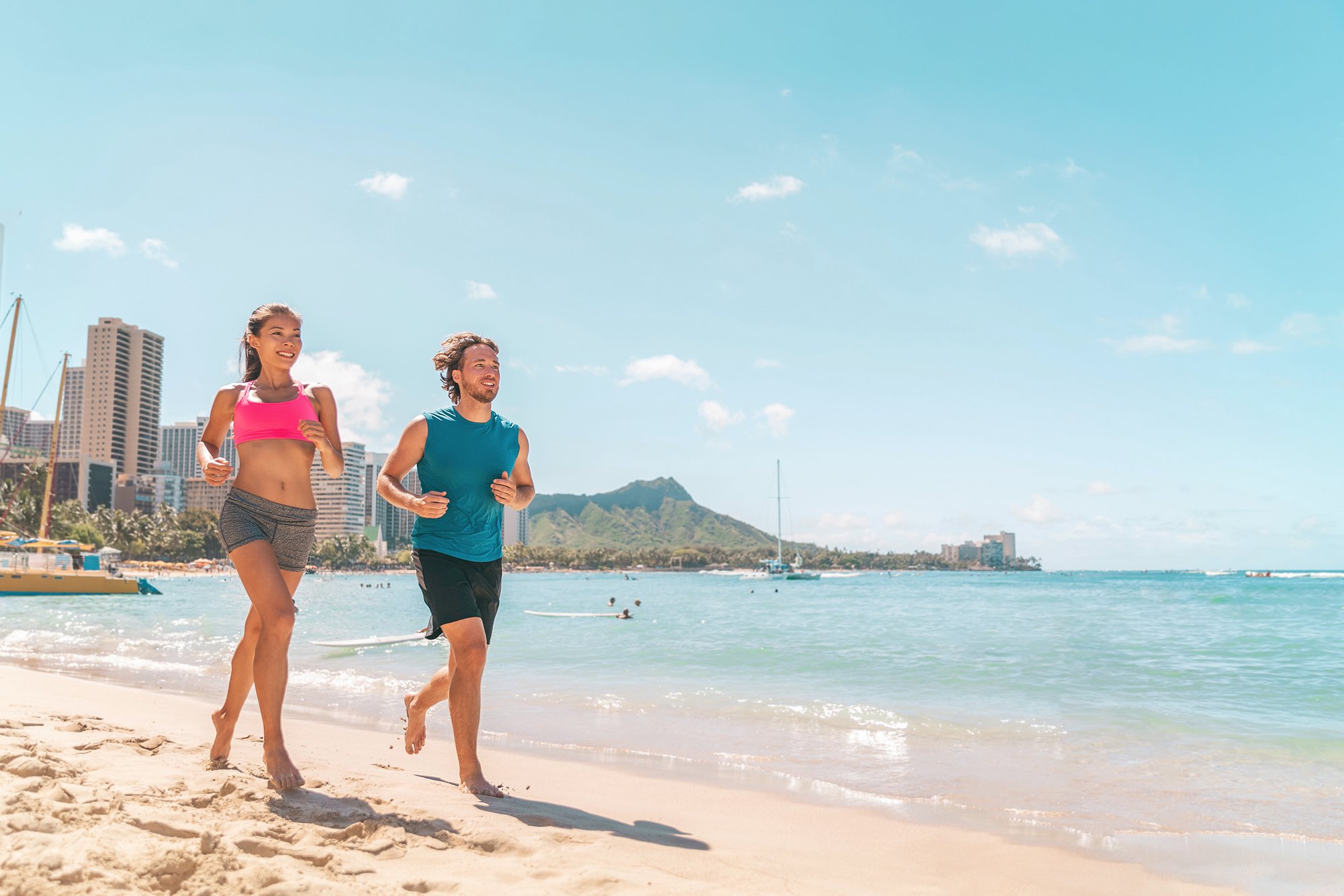
Knee
Overview
The femur and tibia form a hinge-like joint. Stabilized by four major ligaments, the joint also includes the patella (kneecap) and cushioning articular cartilage covering all bones.
Meniscus Tear
The menisci are two c-shaped pieces of cartilage on either side of the knee. They cushion your knee by evenly distributing weight while you stand, walk, run, and jump. A torn meniscus causes pain and a feeling of locking in the knee.
Ligament Tear
You have four ligaments in your knee the anterior, medial, posterior, and lateral cruciate ligaments (ACL, MCL, PCL, and LCL). They provide stability and prevent the knee from extending too far in a specific direction.
Knee ligaments are common sports injuries. Forceful twisting and abnormal overextension from rapid directional changes or collisions with other players can stretch and tear knee ligaments. An injury to one knee ligament can often cause damage to another. Ligament tears cause symptoms, including: pain in the knee, swelling, bruising, a sensation of “catching” or “buckling” of the knee.
Patella Tendon Tear
The patella tendon is a fibrous band of tissue that connects the kneecap (patella) to the top of the shinbone (tibia) and allows the knee to bend and straighten. The patella tendon can be damaged or torn in several ways but, in most cases, the tear occurs at the point where the tendon attaches to the kneecap. Many patella tendon tears occur over time due to small micro-tears in the tendon due to overuse or repetitive strain. This is known as patella tendonitis and is also commonly referred to as Runner’s Knee or Jumper’s Knee.
Hamstring Injury
Your hamstrings consist of three muscles (semitendinosus, semimembranosus, and biceps femoris) that extend from your pelvis down the back of your thigh to your knee.
An injury to the hamstring can be either a strain, a partial tear, or a complete tear away from the bone (avulsion). Symptoms can include: sensation “pulling” or “tearing” at the back of the leg, weakness, bruising or swelling.
Most hamstring injuries are acute and occur when the muscles are stretched beyond capacity while running or quickly changing direction. However, hamstring injuries can also develop slowly when small micro-tears don’t have time to heal correctly and worsen over time.
Treatments
An examination by an orthopedic specialist is crucial when you have persistent pain or difficulty.
Typically, noninvasive treatments are tried first. This may include stretching, exercises, bracing, therapy, or injections. If a discussion of surgery is needed, minimally invasive surgical techniques are utilized such as arthroscopy or ultrasound guidance.
RICE
In some cases, the RICE method is all that’s needed to repair your shoulder. RICE stands for rest, ice, compression, and elevation. Many minor shoulder problems end up worsening when patients don’t allow enough time to rest and recover.
Physical & Occupational Therapy
Physical or occupational therapy can be prescribed as part of the treatment program if needed.
Helpful to regain mobility and restore your strength and function.
Schedule an Appointment
Same-day Doctor Visits are Available
Get personalized medical care today. Every patient is seen by an orthopedic surgeon, not a nurse practitioner or physician's assistant. We recommend making an appointment. Please contact us at (808) 744-3360 or aloha@orthopedicshi.com to schedule.
